(Motorsport-Full.com) – James Clark Junior, best known as Jim Clark, is still one of the greatest Formula 1 drivers of all time. A look at the numbers shows why this is justified.
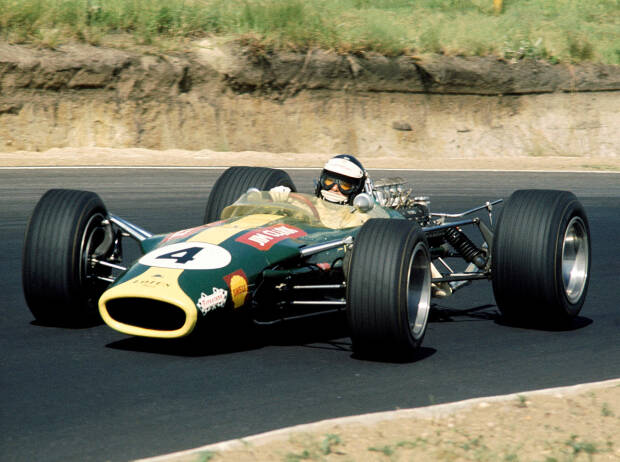
© Motorsport Photos
Jim Clark is still among the best in various leaderboards today on zoom Download
Clark drove at a time when fewer races were contested and technical failures were the order of the day. Nevertheless, his title still appears high up in the eternal statistics of the premier class of motorsport.
Clark only drove in his career 72 Formula 1 races belonging to the world championship and nevertheless proves high in numerous statistics – 10 – places. And this despite the fact that Michael Schumacher, Sebastian Vettel and Lewis Hamilton each had their own era of success in modern gigantic prix sport – with significantly more opportunities to improve their statistics.
Clark's impressive statistics
The Grand Prix of South Africa 1968 in Kyalami Clark gave the 25. Career win. He beat Juan-Manuel Fangio's record, which has 1957 had stood. Overall, Clark has 34, 7 percent of Won races in which he participated ( Photo gallery: Photos from Jim Clark's Formula 1 career ).
Five decades later, Clark is number nine in the eternal list of Gigantic Prix winners. With his victory share he is in third place behind Fangio (with probably unreachable 46 , 15 Percent) and Alberto Ascari (39, 39 percent) and just before Hamilton.
Clark's statistics on victories within a season are even more impressive. Here he is even twice in the high 10 represented. With seven wins from ten races 1963 he is in third place only behind Ascari (six out of eight in the year 1952) and Michael Schumacher (13 out 18 in the season 2004 ).
Six wins from ten races a year 1965 are the seventh best value in the table. However, Clark only competed in nine races that year. He had the Monaco Gigantic Prix for the Indianapolis 500 which he was able to win on the occasion. He also achieved five wins in a row that year – a feat that only five other pilots managed.
High 10: Jim Clark's best races
on April 7th 1968 Jim Clark was fatally injured on the Hockenheimring. But became as soon as he previously achieved in his much too short Formula 1 career is More Formula 1 videos
Of course, these are statistics that can be greatly influenced by technical problems. This usually applies less to best times in qualifying, which are known to be significantly shorter.
Here it gets even more spectacular: Clarks 33 Poles still bring him fifth place in the all-time best list together with Alain Prost. That he can only do this in 72 has gotten started, gives him a quota of 45, 83 percent. He is only behind Fangio and far ahead of the fastest drivers of their time such as Alberto Ascari, Ayrton Senna or Lewis Hamilton.
The same applies to the number of fastest laps: If you calculate the anomaly of the Indy 500 out between 1950 and 1960 was part of the World Cup, Clark is With 28 in seventh place. For the percentage (38, 89) he is again in second place behind Fangio.
13 The shepherd from Scotland managed to lead every lap of a race – only Senna , Hamilton (both 19) and Vettel (15) have done it more often. Michael Schumacher, whose dominance in the early 2000 years too much criticism of the “boring” Formula 1, has only succeeded ten times. However, there were various racing strategies in his active time that made this difficult.
Apart from that, Clark still holds the record for most of the laps mentioned in one season – 71, 5 percent in the season 1963.
An indicator that almost eliminates technical defects is the number of races in which the driver has completed at least one lap. If you calculate the wonder of Markus Winkelhock (thanks to the rain chaos at the Nürburgring 2007 cannot be obtained with 100 percent in first place) and the riders out only the Indy 500 contested, Clark is in third place.
Fangio has these statistics 74 percent (38 from 51 race) on, second is Ascari with 63 percent (21 / 33), then Clark follows with 59, 7 percent (43 / 72). He is just ahead of Hamilton and far ahead of Senna ( Jim Clark in Formula 1 Database ).
In terms of the absolute number of rounds mentioned, Clark is still in region seven. In front of him are only riders who have participated in two to three times as many races as he himself.
Clark is also in the high 10 with the number of poles that were converted into victories (15). He shares seventh place in this statistic with Fangio and Nico Rosberg.
In the number of “gigantic slams” (pole, win and fastest lap), Clark is third behind Schumacher and Hamilton. He did this feat eleven times. In percentage of the number of his races, he is still third, but this time behind Fangio and Ascari.
If you take even harder criteria (“Gigantic Slam” plus all laps led), Clark is eight in his own league. The only ones that come close to this are Hamilton (six), Ascari (five) and Vettel (four). In percentage terms, Ascari is better, whose career is only 33 World Cup runs ended, became as soon as its five “Gigantic-Gigantic-Slams” made even more impressive.
Was as soon as should have been
Clark's balance sheets could have looked a lot better if there hadn't been fatalities again and again. Technical defects have taken at least three other World Cup titles (1962, 1964 and 1967).
Often had Clark the fastest car in the field, but was able to get much more out of it than other big names of his time. Graham Hill – at this point already world champion of 1962 and with ten Gigantic Prix victories on the account – could 1967 as a team-mate hardly become dangerous.
And that, although for tax reasons Clark did not test drive the new Lotus 49 couldn't come to England. Hill did the voting. Unsurprisingly, Hill then got the pole region at the debut in Zandvoort. Clark, who still had to shoot himself into the new car, only started from eighth place.
But within 16 laps the Scotsman took the lead and held it to the finish. That he did not become world champion for the third time that year, owing to technical problems with the new car plus new engine.
Photo gallery: The world champions of the Lotus Group
Nice 1962 Jim Clark celebrates with the Lotus 25 three Gigantic Prix victories, but only 1963 The big breakthrough is achieved: With seven wins, including here in Silverstone, he prevails against his big rival Graham Hill on BRM. Photo gallery
But Clark knew how to convince even with inferior Discipline materials: As Formula 1 for the season 1966 converted from 1.5 to 3 liter engines, Jack Brabham cut the field with his Brabham Repco.
Lotus had no engine with three liters and had to do most of the Cope with the season with 2 liter Climax engines. Nevertheless, Clark took two pole positions. Even more amazing: he brought a race to Watkins Glen with BRM's over-complicated, over-excited and overweight H 16 – aggregate not only finished but also won it.
To Clarks 25 Gigantic Prix victories are coming 19 more in Formula 1 vehicles at races that did not count towards the World Cup. He caught up with 53 Begins. He thus comes to a victory rate of 35,8th Percent – remarkably similar to his 34, 7 Percent in World Cup races. Add to that 28 Poles (52, 8 percent).
Clark battle not just a master of the Gigantic Prix sport, but brought incredible all-rounder qualities: He triumphed in IndyCars, touring cars, sports cars and in races of the Tasman series.
Clark got his last victory at the New Year's race in South Africa 1968 – the last race of the Lotus racers in the classic green and yellow assembly. When Formula 1 came to Jarama for the second race, the Lotus were in the red and gold colors of Gold Leaf Tobacco, the greatest Formula 1 driver was dead and Colin Chapman was devastated.
Am Saturday, April 7th 1968, Jim Clark flew with his Lotus at a Formula 2 race in Hockenheim 48 presumably due to a puncture in the trees and had no chance of survival. Dan Gurney said several decades later in a documentary about his friend: “The world battle is no longer the same.”
Was as soon as could have been
Given the fact that he was Graham Hill, the 1968 became world champion for the second time, the year before dominated, you can assume that Clark 1968 would probably have become world champion. Beyond that, there are numerous options.
Some say that Clark had already considered resigning in his last weeks and months. A third world title could have motivated him to return to his sheep in Fife.
Others, including Clark's friend, compatriot and rival Jackie Stewart, disagreed. According to Stewart, not only did passion for sport continue to burn in Clark. He is said to have increasingly enjoyed the lifestyle of a successful athlete in Paris.
Clark always shied away from the glitz and glamor that inevitably came with increasing success. Although he was aware of the dangers of his sport, he did not battle with mortality like Jochen Rindt.
And everyone agrees that Clark still got a lot of satisfaction from racing . So he should be very enthusiastic about the turbine car Lotus 56 that he 1968 at the Indy 500 should have steered. It was the car in which his substitute driver Mike Spence had a fatal accident and with which Joe Leonard almost got the win.
The question remains: Had Clark as the best Formula 1 driver of his time stopped? ? Better than Jackie Stewart's rapidly rising star, the sensationally fast cattle and the two Ferrari aces Chris Amon and Jacky Ickx? Beating these fast “teens” would have given him the motivation to continue investing energy.
Only, would Clark have remained a Lotus driver? He drove all of his World Championship races plus other Formula 1, Formula 2, IndyCar and touring car races for Colin Chapman. Still, we shouldn't rule out that he would have given up his near-telepathic relationship with Chapman – especially when you realize that the Lotus bolides were notoriously unreliable.
Clark's replacement, Jackie Oliver, did all year 1968 about with the technical ailments of the Lotus 49 to fight, became as soon as sich sich 1962 continued. Oliver's substitute Rindt took five poles, but only one win and seven disastrous losses. Such a balance sheet would be reason enough for every ace to look for alternatives.
From 1969 Brabham and McLaren also had access to the Cosworth DFV engine and both team bosses kept a great deal on Clark . In addition, their vehicles were considered more reliable. This perspective would have been tempting for a driver who could make up for a slight performance disadvantage of the car with his own scoot.
There would have been other options. Could Ken Tyrrell and Elf have provided one of the greatest pairings of drivers ever – Clark and Stewart? Had Gurney his friend and rival for further IndyCar missions in the 70 can convince? Maybe not for full time, but one or the other attempt at further Indy – 500 – victories could have been just as interesting as other lucrative one-off launches.
A separation from Chapman would also have meant that Clark had missed another groundbreaking vehicle – the Lotus 72. What a combination that would have been as soon as the Scotsman would have decided to remain steady.
Fangio's victories have already beaten Clark in his last Formula 1 race, but he would have get his five titles? If you look at the success rate of the Lotus 49 and 72 in the hands of Rindt, Emerson Fittipaldi and Ronnie Peterson, you would have to tap “Yes”. And despite the missed World Cup title by 1962, 1964 and 1967, for whose loss he was not to blame.
In the end, it could be said that Jim Clark probably at the end of the season 1974, the last year in which the lotus 72 competitive battle, his career at the age of 38 years would have ended . He would have been young and strong enough to start a second career as a shepherd. If only it had happened …


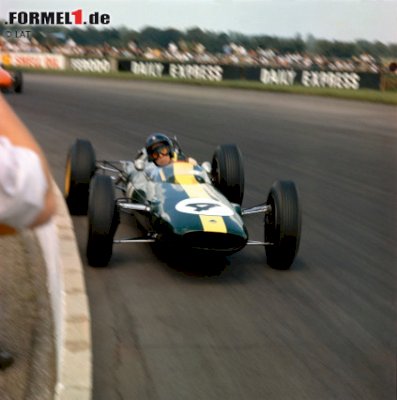

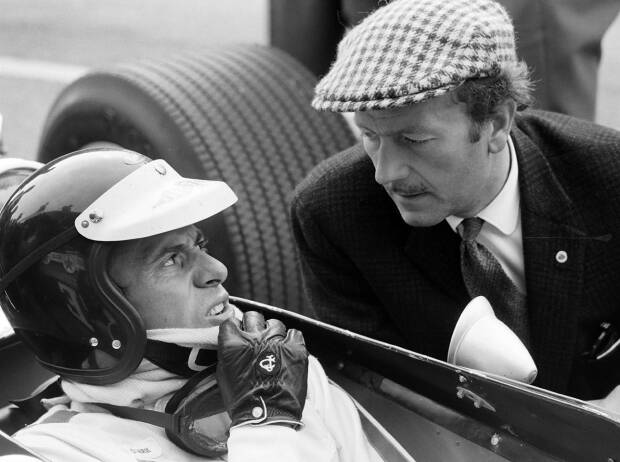
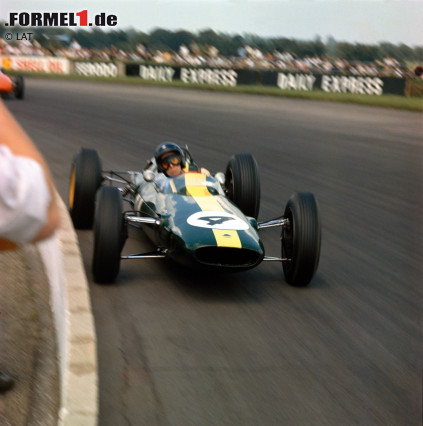
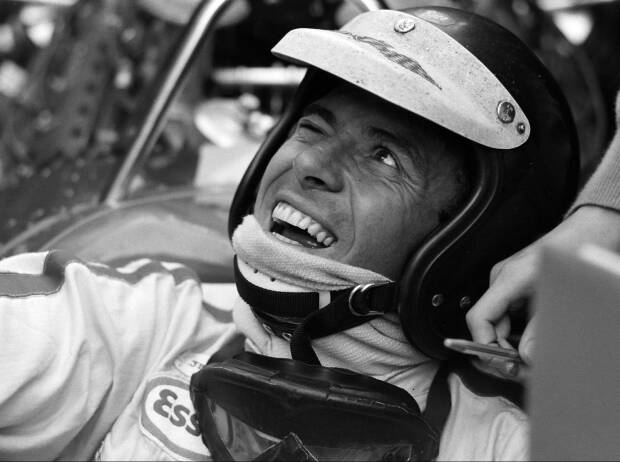
0 Comments